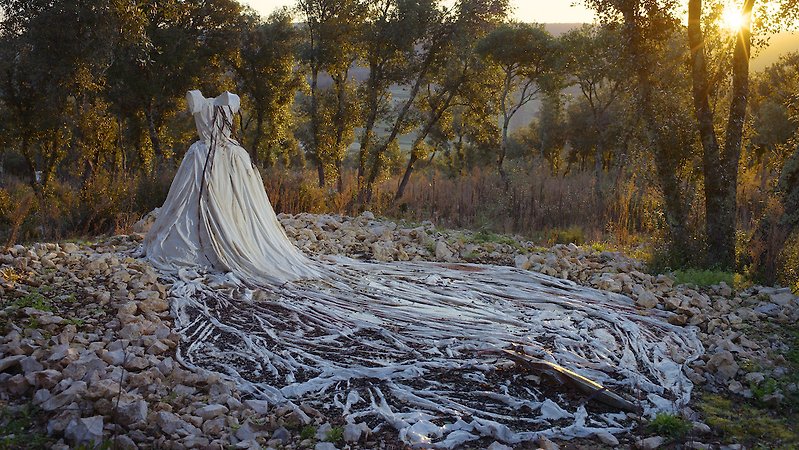Wim Wenders takes us on an immersive 3D journey in this architectural exploration of the life and works of one of Germany’s most important post-war artists, Anselm Keifer.

Kiefer’s angry, passionate, haunted images are driven, of course, by Germany’s dark past, and Wenders’s film persuasively suggests that it is in the ruins of 1945, the year of the artist’s birth, that the seed of inspiration is to be found.
Screened as part of NZIFF 2023
Anselm 3D 2023
Wim Wenders delivers a fascinating 3D portrait of German Artist Anselm Kiefer.
“Anselm is a documentary that serves as a uniquely captivating and moving retrospective of Kiefer's life and body of work. When audiences consider 3D as a medium, the abiding image seems to be of items popping out from the screen—a limb here in Jaws 3D, a dildo there in Jackass 3D—and perhaps that is indeed how most filmmakers have used the medium. Not enough directors have capitalized on the ability of 3D to convey a sense of physical depth; fewer still have seized on the possibility of adding philosophical depth. Thank goodness, then, for Wim Wenders. The first of two new films by the German veteran in this year’s Cannes official selection, Anselm is a tour-de-force 3D 6K portrait of the artist Anselm Kiefer, both rich in ideas and breathtaking in technical execution.
Though undoubtedly a powerful confrontation with some of the biggest themes art can tackle— mortality, permanence, being, nothingness, all the hits—Anselm remains an accessible experience, partly because of its manageable 93-minute runtime and partly because of its endlessly engaging imagery. There’s no reason any reasonably curious audience shouldn’t be able to switch on to its considerable pleasures. It’s easy for films about the importance of creativity to present it as a purely generative act, but Wenders carves out space to show how destruction can also be part of the artist’s practice. We see Kiefer using flamethrowers to torch and distress his materials, and experience the brutal beauty of molten metal destroying the surfaces Kiefer ladles it onto. Plenty of terrible crimes against cinema have been committed in the name of ‘immersive’ art, but this focus on material helps Anselm to feel immersive in the best sense… Only by the end of the film do we gain a full sense of the echoes and leitmotifs threaded throughout; it would handsomely repay repeat viewings.” – Catherine Bray, Variety